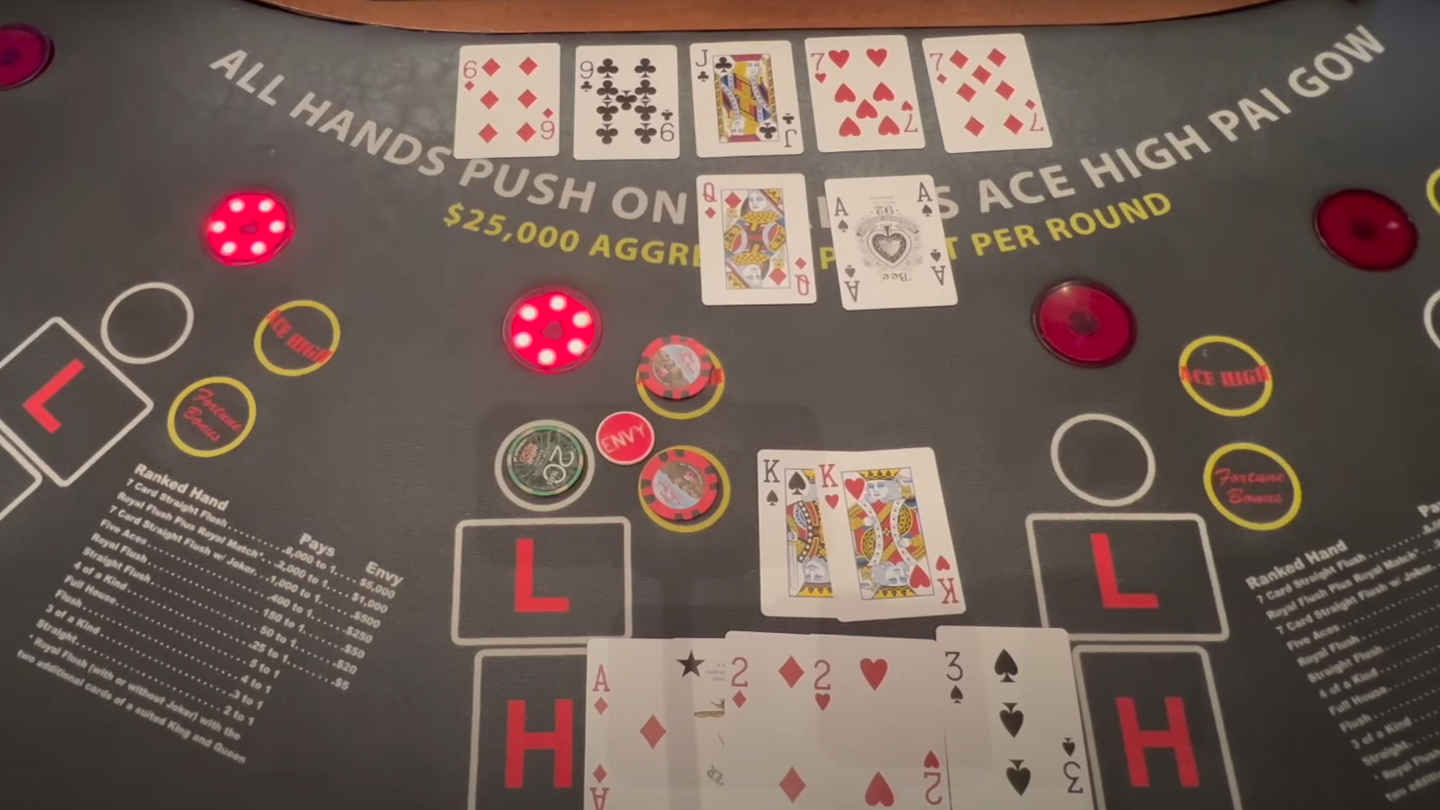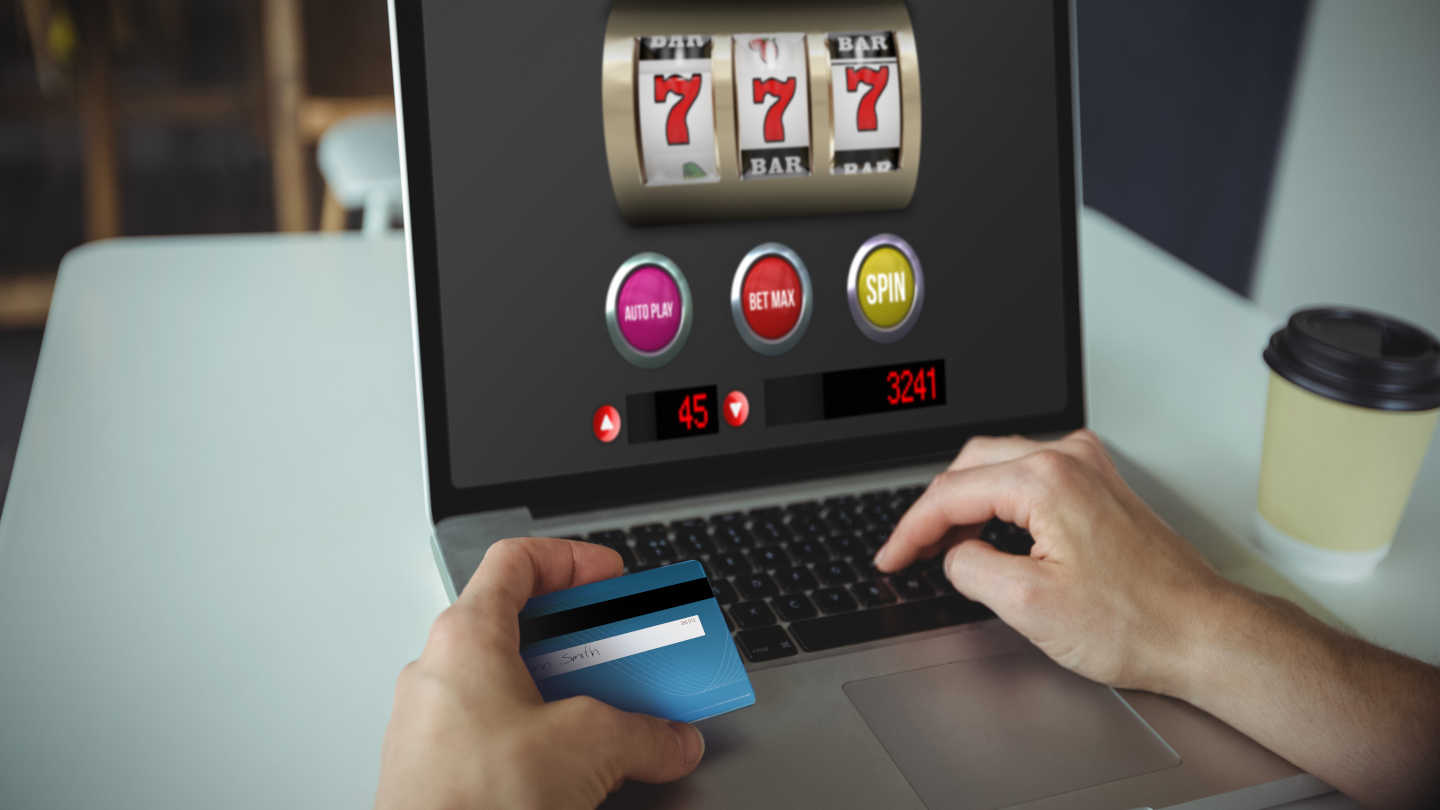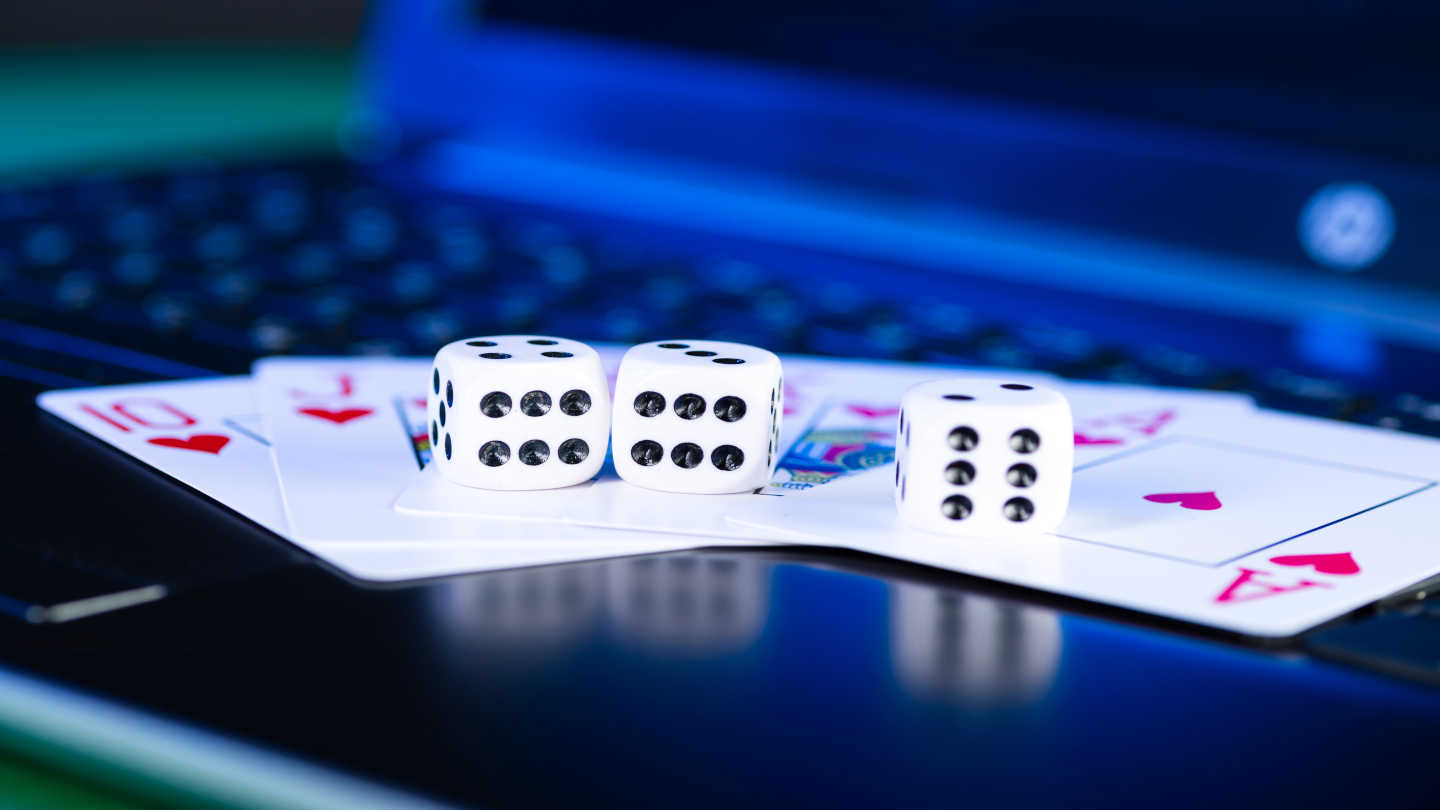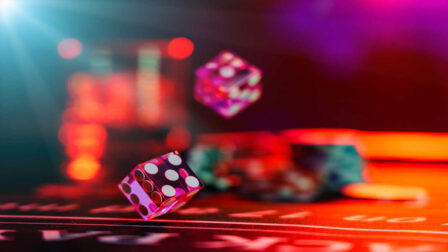How to Play Face Up Pai Gow Poker: Rules & Strategy

6 minutes
Last Updated: February 23, 2024
Face-Up Pai Gow Poker is a variant of the traditional Pai Gow Poker. It basically follows the same rules as the classic game but with some minor differences in the gameplay. Like the conventional Pai Gow Poker, Face-Up Pai Gow is played against the dealer.
At the start of the game, both the player and the dealer are dealt seven cards, which will be split into two hands. (one with two cards and the other with five cards). The objective of the game is to ensure that both of the player's hands rank higher than the dealer’s hands.
One of the biggest differences between this variant of Pai Gow Poker and the classic game is that the dealer’s cards are dealt face up (hence the name). Also, the casino does not collect a commission when the player wins.
Due to these factors, face-up pai gow poker has a slightly lower edge compared to the traditional game. In addition to these differences, face-up pai gow also offers two optional wagers that are not present in the traditional game. These are known as the ace high bonus and fortune bonus.
How To Play Face Up Pai Gow Poker
The Table
Face Up Pai Gow Poker is played by 7 players on a standard Pai Gow Poker table. Six of these players are regular players, while one of them volunteers to be a player-dealer. Within each player’s seating area, there are three separate areas representing the base wager and the two bonus bets.
Wager Limits
In most casinos, the betting minimum and maximum betting limits for each of these betting areas will be indicated. Although the bonus bet is optional, players must at least bet on the base game.
Card Deck
The card deck used for this game is the Joker variant of the Anglo-American deck. The deck typically has 52 cards and two joker cards. But for this game, one of the cards is removed, leaving 52 regular cards and a single joker.
The joker in face-up pai gow poker serves a similar purpose as it does in regular pai gow poker. It is known as a bug and acts like a partial wild card. Jokers are mainly used as an ace, but in the absence of an ace, it can substitute for any of the cards to form a straight or flush deck.
Dealing the Cards
After the cards have been dealt by the house dealer, the player-dealer and the other players at the table have to arrange their cards for the two hands. The player dealer’s hand will be set according to the house rules.
Each of the players also has to set their hands by arranging the cards into a two-card hand (known as the low hand/top hand) and a five-card hand (known as the high hand/bottom hand). The high hand must be higher in value than the low hand. If a player fails to arrange the cards properly this way, it results in a foul, which is a total loss of the base bet wager.
Card Ranks
The card rank in Face Up Pai Gow Poker is the same as that of the traditional game variant. The Ace is the highest ranked, followed by King, Queen, Jack, 10, 9, 8, 7, 6, 5, 4, 3 and 2 cards. Wins and losses are determined by the rank of the hands a player is dealt. Here are some of the possible combinations and what each one means, starting from the highest to the lowest ranking:
- Five Aces: A standard card deck has four aces. However, since the joker can substitute as an Ace, it’s possible to get a hand with five aces in face-up pai gow poker. This is the highest-ranked combination in the game.
- Royal Flush: This is a hand that consists of an ace, king, queen, jack, and 10 cards of the same suit.
- Straight Flush: When a hand consists of five cards of the same suit with consecutive ranking, it is known as a straight flush. For instance, a hand with a king, queen, jack, and 9 is considered the straight flush. This is the highest-ranking flush you can get. Similarly, a hand with 5, 4, 3, 2, and ace is the lowest-ranking straight flush you can get.
- Four-of-a-Kind: this is a hand that has four cards of the same rank. The highest ranking four-of-a-kind hand you can get is four aces, while the lowest is four 2s.
- Full House: This is a five-card hand with three-of-a-kind cards and a pair. The highest-ranking full house you can get is a hand with three aces and two kings, while the lowest you can get is three 2s and two 3s.
- Flush: This refers to a hand with five cards of the same suit but not consecutive ranking. The highest ranking flush you can get would consist of an ace, a king, queen, jack, and 9 cards, while the lowest ranking flush you can get will have 7, 5, 4, 3, and 2 cards.
- Straight: A straight hand consists of five cards of different suits with consecutive ranking. The highest-ranked straight you can get will consist of an Ace, king, queen, jack, and 10, while the lowest-ranking straight will consist of 5, 4, 3, 2, and ace cards.
- Three of a Kind: This is a hand with three cards of the same rank. A hand with three aces is the highest rank with this combination, while one with three 2s is the lowest ranking three-of-a-kind hand.
- Two Pair: A two-pair hand consists of two pairs of cards of the same rank. The highest possible combination at this rank is two aces and two kings, while the lowest is two 3s and two 2s.
- One Pair: This is a hand with two cards of the same rank. The highest-ranked pair you can get is two aces, while the lowest-ranked pair is two 2s.
- High Card: If you get a hand with five cards that do not fall into any of the categories above, it is known as a high. For instance, a combination of an Ace, King, Queen, Jack, and 9 cards is the highest-ranked high card, while one with 7, 5, 4, 3, and 2 cards is the lowest-ranked high card.
How Is A Winner Determined In Face Up Pai Gow Poker?
In face-up pai gow, the players play against the dealer, whose hands are exposed from the beginning. This means once the players' hands are set, they are exposed, and each one is compared to that of the dealer. Here are the possible outcomes and implications depending on what hands the dealer and players get:
- The player wins if his low hand and high hand rank higher than the dealer’s low and high hands.
- The player loses if his low hand and high hand rank lower than the dealer’s low and high hands.
- The game ends in a “push” if one of the player’s hands ranks higher than the dealer’s corresponding hand and the other hand ranks lower than the dealer’s corresponding hand. In this case, the game is a tie, and the wager is returned to the player.
- The game also ends in a push if the ranking of the dealer’s exposed hand is a seven-card ace-high hand. This outcome is a tie as well, and the wager is returned to the player.















